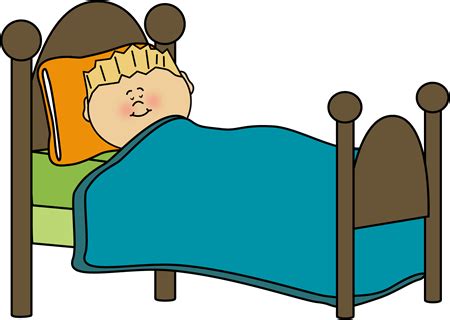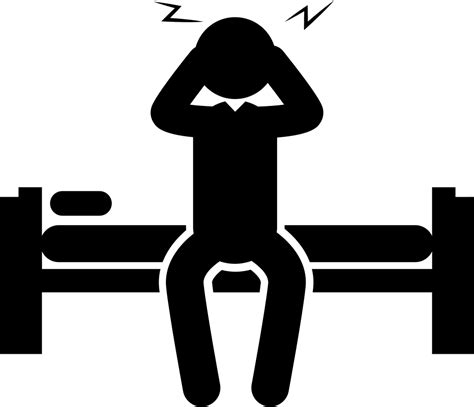“`There are several reasons why 3D prints may not stick to the bed. One common issue is improper bed leveling, which can cause uneven printing surfaces. Another factor is the type of filament being used, as some materials require different bed temperatures and adhesion methods. Additionally, a dirty or damaged print bed can also affect adhesion.
To improve bed adhesion, try cleaning the bed with isopropyl alcohol and adjusting the bed leveling. Using a heated bed and applying a layer of adhesive, such as hairspray or glue stick, can also help.“`
Why wont my 3D print stick to the bed?
If you’re struggling to get your first layer to adhere to your printer’s adjustable bed, the first step is to ensure that the bed is flat and level. A level bed is crucial because if it’s not, one side of the bed may be too close to the nozzle, while the other side is too far away. This can cause uneven extrusion and lead to poor adhesion. Therefore, it’s essential to check the bed’s levelness before attempting to print anything.
How do you get 3D filament to stick to bed?
If you’re looking for a way to improve your 3D printing success rate, using a bed adhesive can be a game-changer. Despite the technical-sounding name, bed adhesives are just substances that help your 3D print’s first layer adhere to the print bed. For PLA filament, popular DIY bed adhesives include glue sticks and hairspray. By using a bed adhesive, you can prevent your print from warping or shifting during the printing process, resulting in a more successful and accurate final product.
Why are my prints lifting off the bed?
During the 3D printing process, warping can be a common issue that arises. This happens when the material used to print shrinks, causing the corners of the print to lift and detach from the build plate. Plastics, for example, tend to expand slightly during printing but contract as they cool down. If the material contracts too much, it can cause the print to bend up from the build plate, resulting in a failed print.
Does a hotter bed make PLA stick better?
If you’re having trouble getting your prints to adhere to the bed, consider raising the temperature slightly. A warmer bed can make the plastic more pliable, which can improve adhesion. However, it’s important to be cautious and not overheat the bed, as this can cause issues like elephant’s foot (as shown in the photo).
Why is PLA not sticking to bed?
The recommended temperature range for PLA filaments is typically between 185-210 degrees Fahrenheit. If the bed temperature is too low, the PLA material may not adhere properly. To improve adhesion, a heated build platform can be used. It’s also crucial to adjust the printing speed in addition to monitoring the temperature of both the printer and the bed.
By taking these steps, you can ensure that your 3D prints come out looking great every time.
What bed temp is too high for PLA?
When it comes to 3D printing with PLA, a heated bed can be a game-changer for achieving optimal first-layer adhesion. However, it’s important to find the right balance with the bed temperature. If the temperature is set too high, the part can over-adhere to the build surface, making it difficult to remove and potentially damaging the part. It’s important to experiment with different bed temperatures to find the sweet spot for your specific printer and filament.
Is 70 degrees too hot for PLA?
“`If you plan on using your 3D printer in environments that remain above 70c – 80c for extended periods, it’s important to note that PLA will become soft and deform. To avoid this, it’s recommended to use ABS or another material near the extruder.“`
What is the perfect PLA temp?
“`For optimal printing results, we suggest using an extruder temperature of 200°C for PLA and 210°C for PLA+. Although PLA/PLA+ can be printed on an unheated bed, we highly recommend using a bed temperature between 50°C – 60°C.“`
What is the ideal bed temperature for 3D printing?
The ideal bed temperature for 3D printing varies depending on the type of filament being used. For PLA, the recommended bed temperature is between 60-70°C, while for ABS, it is between 90-110°C. Other filaments such as PETG and Nylon have different ideal bed temperatures as well. It is important to note that the bed temperature should not exceed the maximum temperature recommended by the manufacturer, as this can cause warping or other issues with the print.
Additionally, some 3D printers have a heated bed that can be adjusted to the desired temperature, while others may require manual adjustments. It is recommended to experiment with different bed temperatures to find the ideal setting for each type of filament being used.
How do I know if my print bed is too hot?
When your printer is set to a high temperature, regardless of the filament type, you may experience issues such as stringing and blobs/oozing. This occurs because the material becomes too runny and exits the nozzle in an uncontrolled manner. As a result, you may notice imperfections in your prints. It’s important to adjust your printer settings to ensure that the temperature is appropriate for the filament you’re using to avoid these issues.
Can a room be too cold to 3D print?
“`Maintaining the right room temperature is crucial for successful 3D printing. If the environment is too cold, it can lead to warping, which is when the corners of the model lift up from the printing surface due to material contraction caused by sudden cooling. This can result in a failed print and wasted time and resources. Therefore, it’s important to ensure that the room temperature is optimal for the type of material being used and the specific 3D printer.
“`
Should I let the bed cool before removing 3D print?
NOTE: It is important to allow the print bed to cool down to room temperature before attempting to remove the print. Failure to do so can result in damage to the bed. Additionally, when printing a product with a brim, it is important to exercise caution when removing the print from the build plate as the brim can be very sharp and pose a risk of injury.
How long can you leave a 3D print before curing?
When it comes to curing small 3D printed models, the ideal conditions are full sun with no clouds. However, even under these conditions, it can still take up to two hours for the model to fully cure. Transparent parts tend to cure faster, taking about half the time of non-transparent parts. On the other hand, larger prints can take up to eight hours to cure completely.
It’s important to keep these factors in mind when planning your 3D printing projects to ensure that you allow enough time for the curing process.
What wears out on 3D printers?
The build-plate is a crucial component of your printer that undergoes wear and tear, especially the printing surface. As you print, the surface of your build-plate will gradually deteriorate. Each time you heat and cool the plate or remove a part, it will introduce new defects and worsen existing ones. It’s important to keep an eye on the condition of your build-plate and replace it when necessary to ensure optimal printing results.
How long to leave 3D print before removing?
If you’re having trouble removing a 3D print from your build plate, there are a few methods you can try. One option is to let the bed cool down for a few minutes until it’s moderately cold, and then attempt to remove the print. This should make it easier to pop off the print, but if it still won’t budge, you may need to leave it in the cold environment for a longer period of time or try a different removal method altogether.
Does a hotter bed improve adhesion?
If you’re struggling with bed adhesion when 3D printing, using a heated bed can be a game-changer, especially for materials that require higher temperatures. By increasing the temperature of the print bed by a few degrees during the first few layers, you can also improve adhesion for certain materials. This simple adjustment can make a big difference in the quality of your prints and reduce the frustration of failed prints due to poor bed adhesion.
How do you increase PLA layer adhesion?
To increase PLA layer adhesion, there are several techniques you can try. First, make sure your print bed is clean and level. Use a glue stick or hairspray to create a sticky surface for the first layer to adhere to. You can also try increasing the bed temperature or using a heated build plate.
Another option is to adjust the extruder temperature to ensure the filament is melting properly. Finally, consider using a brim or raft to provide additional support for the print. Experiment with these techniques to find the best combination for your specific printer and filament.
How do I increase the adhesion on my print bed?
“`Improving bed adhesion is crucial for successful 3D printing, and there are various methods to achieve it. One popular option is using a glue stick, which works well with PLA. By applying a thin layer of glue to the print bed before starting the print, the filament adheres better and reduces the risk of warping or detachment. Another effective adhesive is hairspray, which is ideal for ABS and PETG.
The hairspray creates a sticky surface that helps the filament stick to the bed, resulting in a smoother and more precise print.“`
Does nozzle temperature affect bed adhesion?
“`When it comes to achieving strong first layer adhesion in 3D printing, several factors come into play. In general, higher bed and nozzle temperatures, along with a slower first layer print speed and higher first layer flow, tend to result in stronger adhesion. However, it’s important to note that these settings can vary greatly depending on the specific printer, material, and environment being used. It may take some experimentation to find the optimal settings for your particular setup.
“`
Related Article
- Why Won T My Lg Smart Tv Connect To Wifi?
- Why Was The Snowman Looking Through A Bag Of Carrots?
- Why Was Gabaldon Sent To Live With The Nakano Family?
- Why Was Barnett Newman’S Painting Cathedra Attacked In 1997?
- Why There Is No Episode Of Kurulus Osman This Week?
- Why The Secret To Success Is Setting The Right Goals?
- Why The Heck Did I Buy This House Kim Wolfe?
- Why Should The Devil Have All The Good Music Lyrics?
- Why Should Ccom Accept You Into This Year’S Class?
- Why Should A Systems Analyst Be Interested In Strategic Planning?


